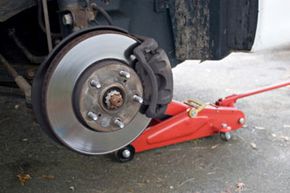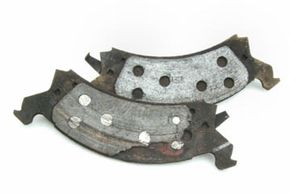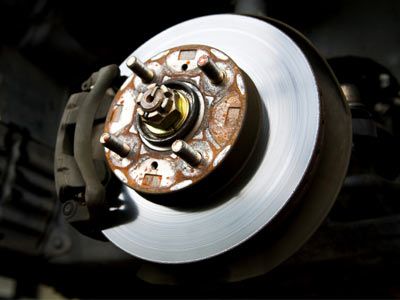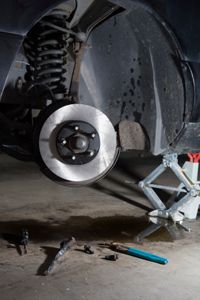Washing your car can be a pain in the rear. Especially when you get to the wheels. But once done, there's something gratifying about driving around in your gleaming ride. Then it never fails. The next day you look at your front wheels and notice they're all dirty again. What's going on?
What you're seeing is all the brake dust from your front brake pads. The fine powder is created from the rotor wearing away the brake lining. When you step on the brake pedal, it's this wearing process on the brake material that creates the necessary friction to stop the vehicle.
Advertisement
Brakes are designed to wear out. But sometimes we may go too long between brake jobs and run into additional costs we could have avoided had we checked the brake pads regularly. If the pads wear too far, the metal backing on the brake pad comes in contact with the brake rotor. Once you make metal to metal contact, you've not only damaged the rotor, but put yourself in a dangerous situation. And, you've added a good bit of money to the costs you're facing for new brakes.
This article will give you the insight you need to inspect your brake pads so you can avoid a major brake problem both mechanically and financially. Let's start with how to determine brake wear.
Advertisement



